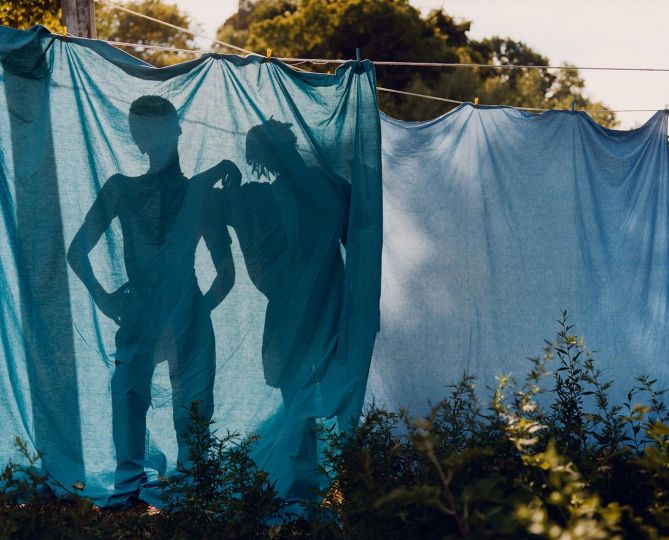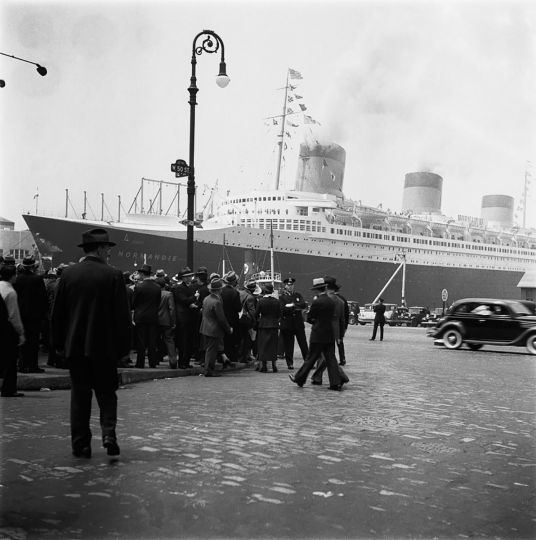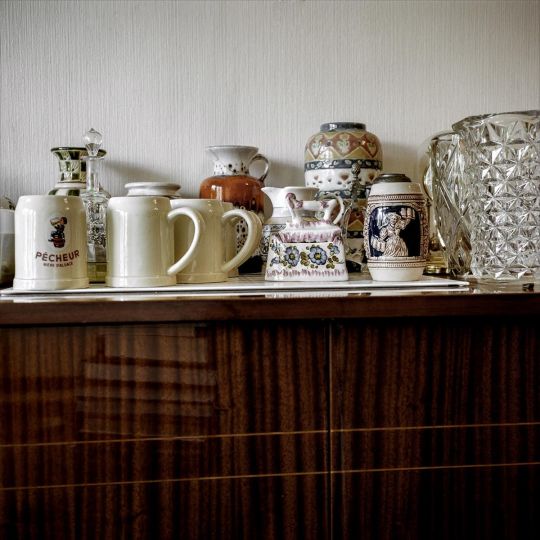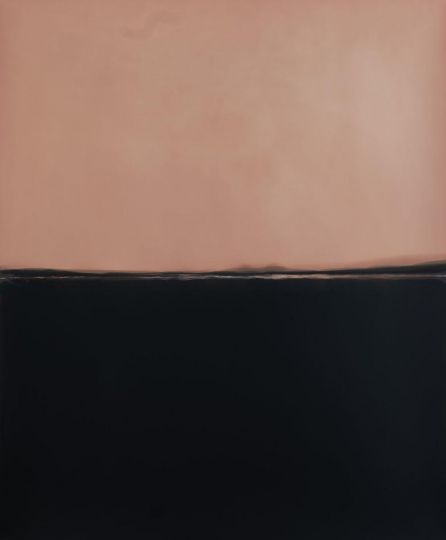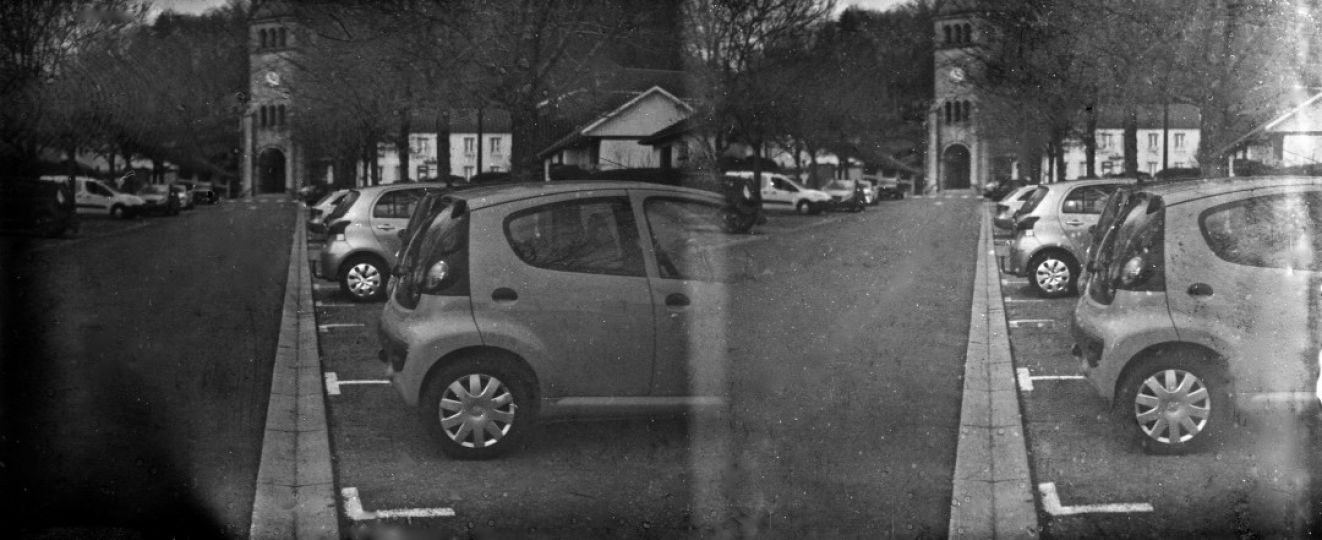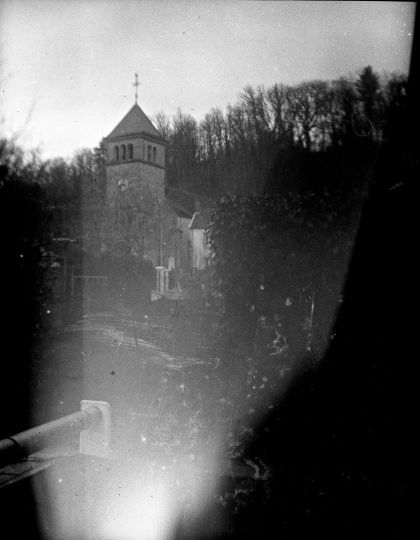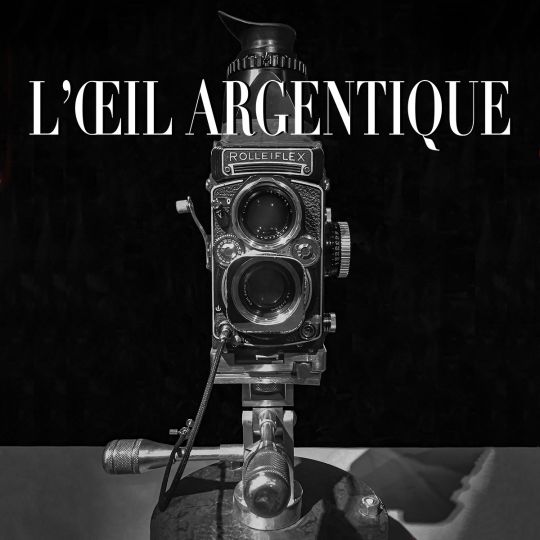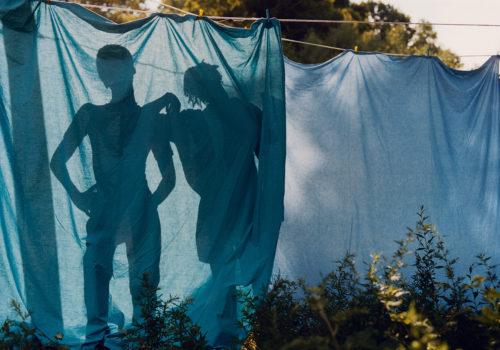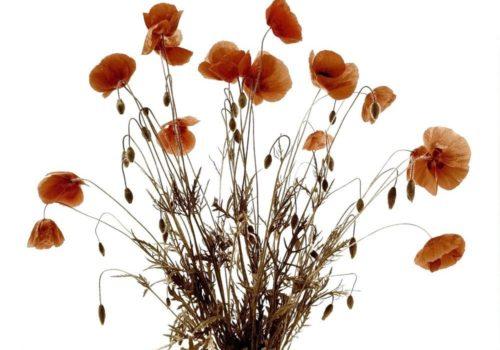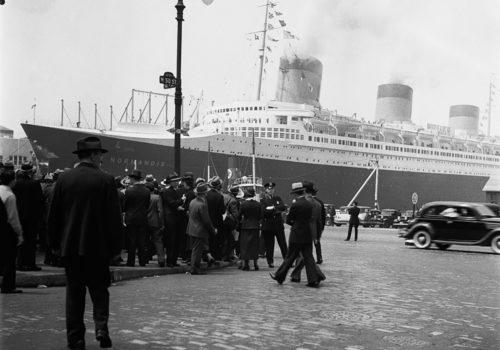Jacques Revon has been a long life photographer. We published his work numerous times, and recently he opened our new chronicle The Silver Eye, presenting his photographs shot with long expired films he received from his father (full disclosure, Jacques is 75 years young). Well, for quite a while now he also turned into an alchemist, processing films with a wide area of very uncommon developers, starting with coffee, then to wine, beer, tea and numerous aromatic herbs. Starting today and for several months, The Silver Eye will showcase the images resulting of his researches, along with the detailed recipes he concocted. If you were dreaming of a dark room cookbook, this is it. Here is the first episode of his adventures with caffenol. More to come… Bon appétit!
GD
My first approach to film development with a developer made with coffee, the so called caffenol.
“When the thirst for knowledge is part of your life, you say to yourself that it will be possible with patience and perseverance to approach and tackle many subjects”.
Thus, with now the internet tool, we can always try to go in search of various and varied information that we will of course always have to cross-check and then check, before forming our own idea on a subject.
With this in mind, I researched various information on the possibility of developing silver black and white film or stock with “coffee” and set out to research.
Several film enthusiasts have already had the idea of putting in their own way, so it is not new, this alternative film technique within the reach of laboratory lovers. So you just have to be a little curious and follow the path of the so-called “caffenol” to, as I said, get your own idea of the method.
Here are a few blogs that I discovered on YouTube, “we must give back to Caesar…..” where everyone has their own way of presenting and proceeding to develop with “caffenol”.
The adventure in French or in English! ClicArgentique, Caro and Charly, Jean-Michel Prost, Lisa-Marie Kaspar, Mat Marrash, Joshua Surprenant…. and many others with a comment, or in images and by choice without comment, in their presentation.
Then, it’s up to you or not, to want to know more and perhaps to go on this adventure too, on this road of developments with so-called “alternative” developers, made by yourself.
A word of advice, however, you will have to take all the time necessary, you guess it, film is not thought of or treated like digital. Essential!
Genesis of my own desire to discover and know.
I had wanted for some time now with the development of a black and white film, to approach a photographic style that I will call here: “drawing in soft black pencil on canson paper”.
Funny idea will you tell me that to want to imitate the drawing with a photo film? But ultimately why not? So I tried.
At the beginning of May of this year, I started my first tests and research in this field, with a piece of 24X36 film expired since 1982, Pan F film from ILFORD of 50 ASA, sold at the time in a box metal of 17 meters of emulsion, which could be loaded at will and in various sizes, in recoverable cartridges of the same format. Very economical and very practical.
So after taking a few shots of flowers in my garden with an old CANON F1 camera, I developed this strip of film in coffee with the so-called “Stand DEV” method, i.e. with a time of very long development of 60 minutes, at a temperature of 20° but with only one agitation of the tank during the first minute of development and taking great care afterwards, to gently tap the bottom of the tank to bring up the air bubbles which can be fixed on the coil.
After thirty minutes, I then made a very short stop to empty the tank of the caffeenol content, then I washed the film for 30 seconds, then I put the same caffeenol developer back on and continued developing again. 30 minutes, without stirring after tapping the bottom of the tank with the same temperature of 20°.
Once developed, the film was fixed, then washed and finally dried in the conventional manner. At the end of development, you will undoubtedly notice that an apparent brownish or yellowish coloring of the negative will have occurred, this is normal, it is due to coffee.
Some tips related to this method.
The first thing to do before starting the development is to first pre-wet your film or film placed on the reel and already in the tank, for 5 minutes in water at 20° in order to prepare the emulsion to undergo the development well. Then, empty the water and rinse at least three times then fill the tank with your caffeenol developer.
You will also notice immediately when you empty the tank after the pre-wetting that the water discharged has become colored and this is normal, it is the color of the anti halo which goes away, especially on a film 120 / 6X6.
During development, you must shake your tank by inverting it and rotating it simultaneously for one minute continuously. At the end of the agitation as I said, don’t forget to gently tap your tank on its bottom in order to bring up the air bubbles which could attach themselves to the coil, which would later cause stains or stains. marks on your film or on the filmstrip.
The different products to make your “caffenol” developer.
1. Coffee, which is rich in phenolic acids (tannins) and which supports development. Phenols are the essential elements here as well as caffeine.
As Dr. Scott Williams, professor of chemistry, discovered in the USA in 1995 the development with caffenol, I quote him:
“…caffeine is a molecule that has all the constituents of an effective developer and just about every type of molecule known to nature…including caffeic acid.”
2. Sodium carbonate or soda crystals. It is the “alkalines” and the “accelerators” that will allow the solution to be adjusted to a basic pH, which will facilitate the swelling of the gelatin and promote the action of the developer towards the grain of silver halide exposed.
3. Vitamin C preferably in an effervescent tablet. He is a co-developer agent. It has a “super additive” effect, it also acts as a preservative to protect the developing agents in your preparation.
4. Iodized salt is a “brake” whose presence makes it possible to control the development process, in order to obtain the best possible results, it is an anti-veil.
Some Indications of the quantities to be used of the mentioned products to manufacture approximately 500 ml of developer caffenol.
1 In a first container, pour 250 ml of water at 20°.
2 Measure 20 grams of soluble coffee and dilute it well in this container.
3 In a second container of 250 ml of lukewarm water this time.
4 Properly dilute 55 grams of soda crystals which must always be poured into the water but never the other way around.
Once the crystals have dissolved correctly (it takes quite a long time), add and always dissolve 8 grams of vitamin C, then finally 5 grams of iodized salt.
5 Finally, mix your two preparations well together in another container to make only one.
6 Once finished and before using your caffeno developer for your development, remember to filter all of the developer product using a paper filter.
The two scanned photographs are from the negatives developed in this caffeenol developer.
With coffee, it was therefore my first tests and results that required, as we can see, that I wonder about how to continue my research and perhaps choose another mode of operation for my tests.
Next time I will therefore always talk to you about development with caffeenol, but this time during shots taken with a 6X6 format camera and therefore with 120 format film, as with another development parameter.
See you soon!
Jacques Revon
Honorary journalist, author, photographer.
https://fr.wikipedia.org/wiki/Jacques_Revon
“The latent silver image revealed to me appears as a subjective testimony, so it is an incomparable photograph of a real moment experienced by the person who took it”. Jacques Revon


